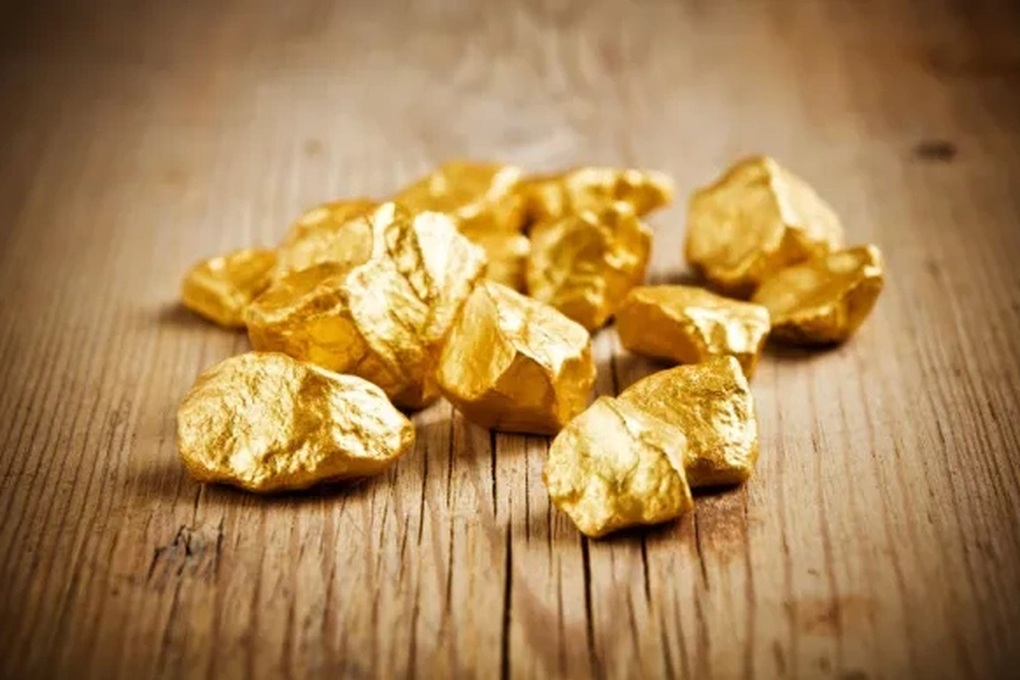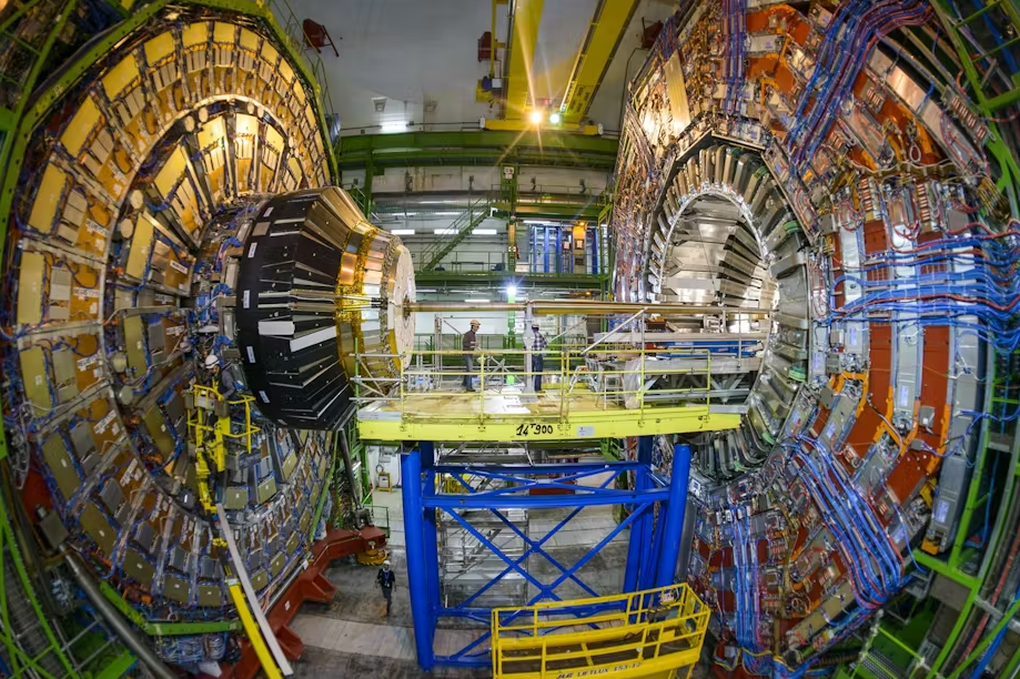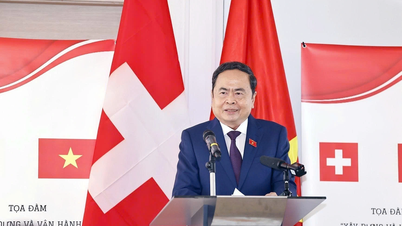Making gold from common metals

According to calculations from computer simulation models, a fusion reactor with a capacity of 1 gigawatt of thermal power could produce several tons of gold per year if operated continuously and efficiently (Photo: Getty).
The idea of turning common metals into gold, once considered a myth during thousands of years of alchemy, is being taken more seriously by scientists than ever thanks to remarkable advances in modern nuclear physics, especially fusion technology.
Marathon Fusion, an American startup, has just announced an ambitious plan to produce gold by transforming the element mercury using a fusion reactor.
The proposal would use a stream of neutrons generated by nuclear fusion to bombard the isotope mercury-198. When exposed to high-energy neutrons, mercury-198 would transform into mercury-197, a less stable isotope, which would then naturally decay into gold-197 – the only stable isotope of gold found in nature.
Theoretical calculations from computer simulation models show that a fusion reactor with a capacity of 1 gigawatt of thermal power could produce several tons of gold per year if operated continuously and efficiently.
This yield significantly outperforms previous methods of creating gold from particle collisions, typically the Large Hadron Collider (LHC) in Switzerland, which only produced about 29 picograms of gold (billions of times smaller than a drop of water) during its four years of operation.
Challenges and barriers: Is the dream still far away?

Experiments inside the LHC accelerator in Switzerland were once expected to unlock humanity's great dream of turning metal into pure gold (Photo: Getty).
However, this is only a theoretical simulation, as no commercial fusion reactor has been deployed in practice. This means that the model's assumptions and results have not yet been validated.
Experts say Marathon Fusion's calculations will face a major challenge, because one of the prerequisites for converting mercury into gold is that the neutron stream must be strong enough and reach a minimum energy level of about 6 million electron-volts.
This neutron flux is typically produced by fusion reactions using a mixture of deuterium and tritium fuel. In a fusion plasma environment, nuclei collide at extremely high speeds, generating free neutrons that can penetrate matter and initiate desired nuclear chain reactions.
When deployed in real-world conditions, fusion reactions face complex challenges involving controlling plasma at extremely high temperatures, developing super-strong materials that can withstand neutron radiation, optimizing energy generation efficiency, and maintaining system stability over long periods of time.
Even world- leading projects such as JET (Joint European Torus) in the UK have achieved only limited results.
In addition to the technological hurdles, the issue of radioactive disposal also needs to be seriously considered. Gold produced through nuclear reactions can initially be radioactive and is classified as radioactive waste.
The decomposition process of intermediate products requires time to bring the gold to a stable and safe state for use. This means that the gold produced cannot be put into use immediately but must undergo a strict processing and control process.
Experts also warn that digital replicas, no matter how sophisticated, can miss important physical effects. Numerical models are only a rough guide, especially without experimental data to back them up. It is therefore too early to assess the economic or commercial viability of fusion gold production.
However, for long-term investors, the idea is still considered attractive. In the future, if fusion reactors are perfected and operated stably, creating gold in this way could become a potential application of fusion technology.
Source: https://dantri.com.vn/khoa-hoc/bien-kim-loai-thong-thuong-thanh-vang-giac-mo-hoang-duong-hay-su-that-20250729071934563.htm






























![[Photo] National Assembly Chairman attends the seminar "Building and operating an international financial center and recommendations for Vietnam"](https://vphoto.vietnam.vn/thumb/1200x675/vietnam/resource/IMAGE/2025/7/28/76393436936e457db31ec84433289f72)





































































Comment (0)